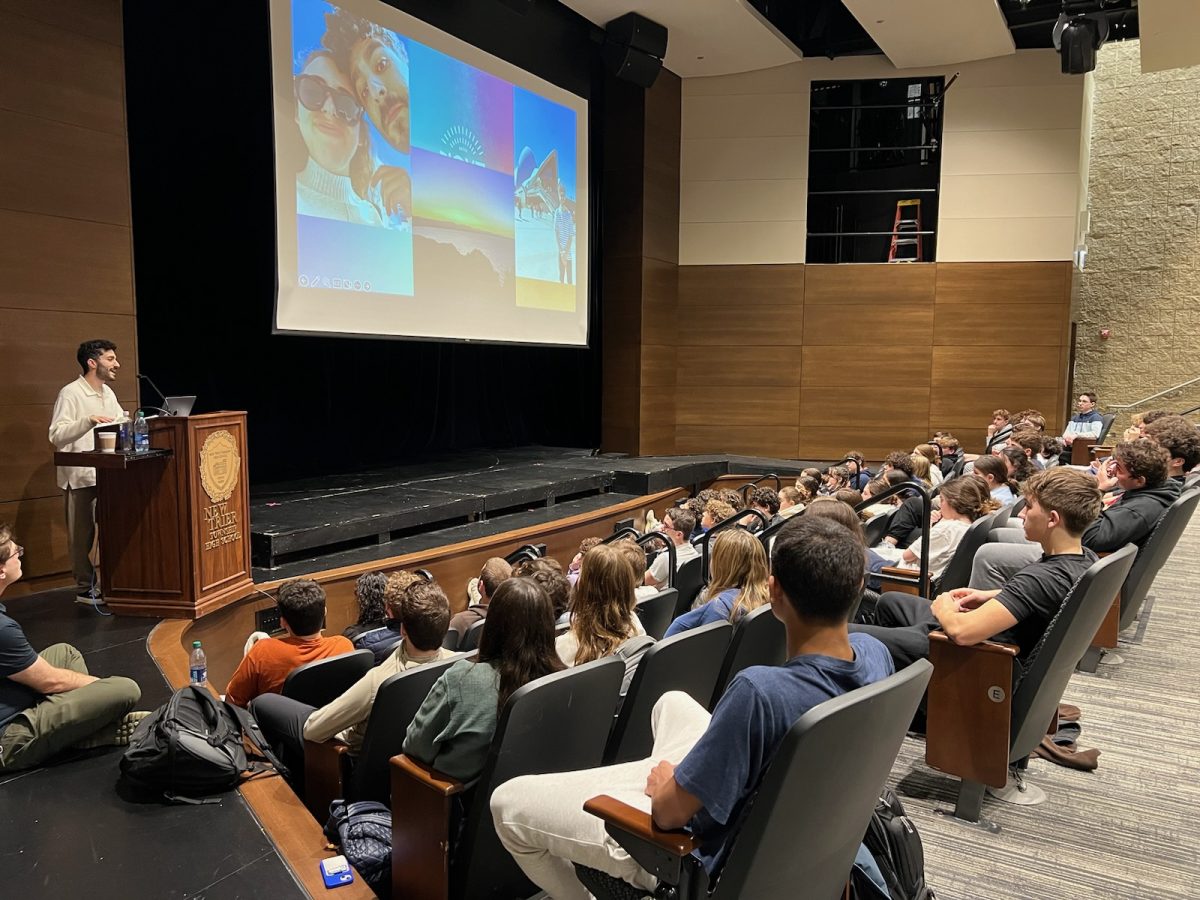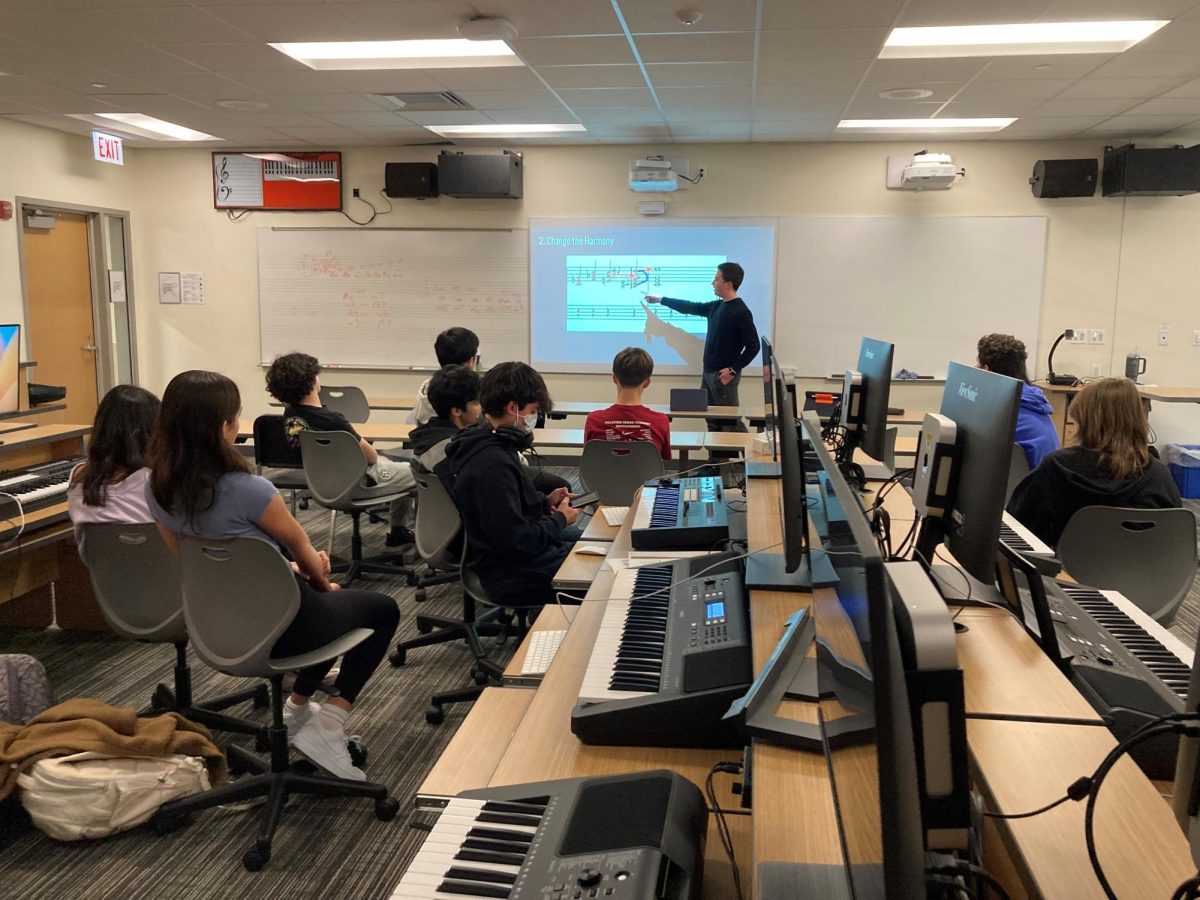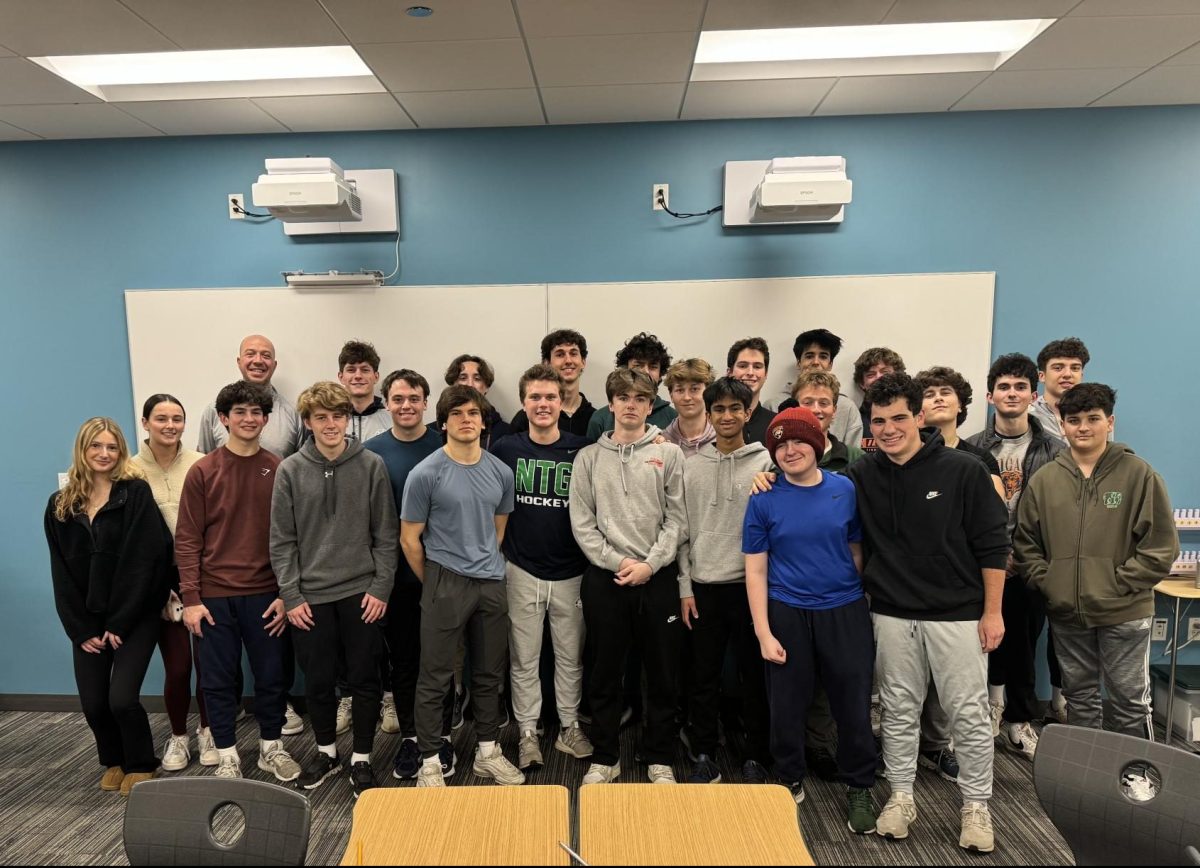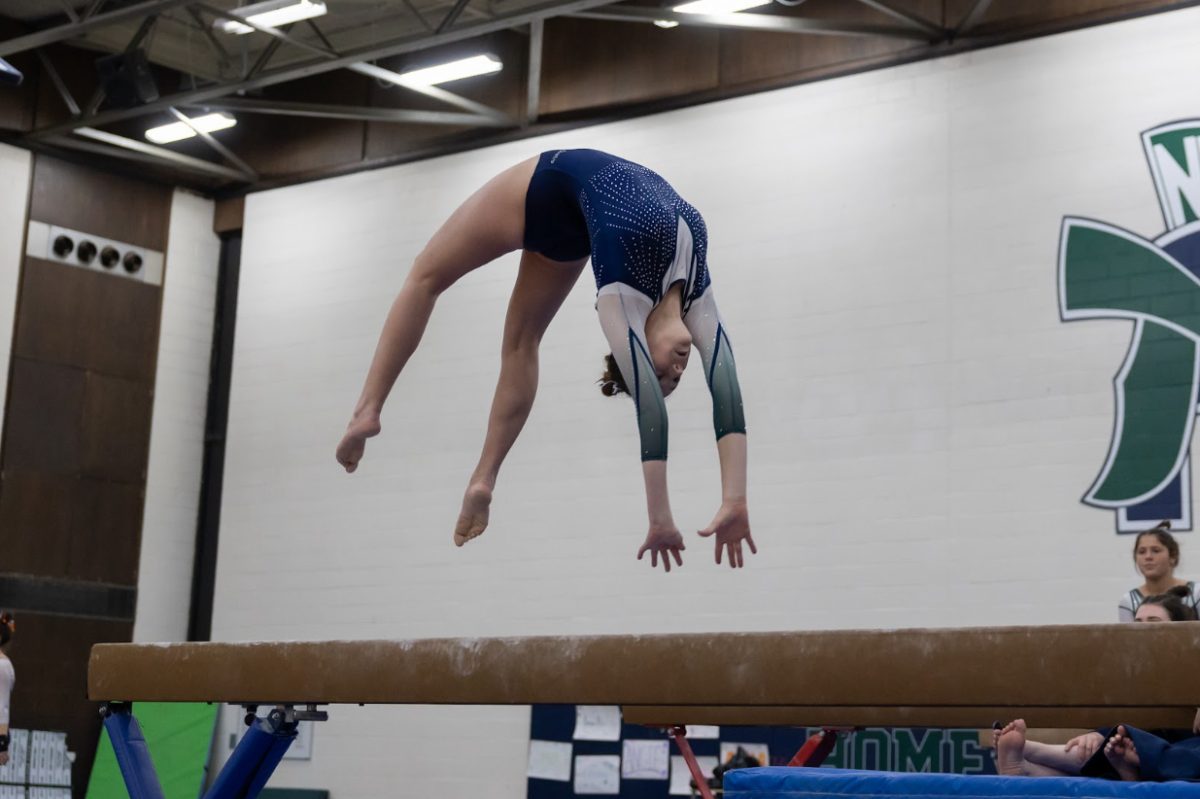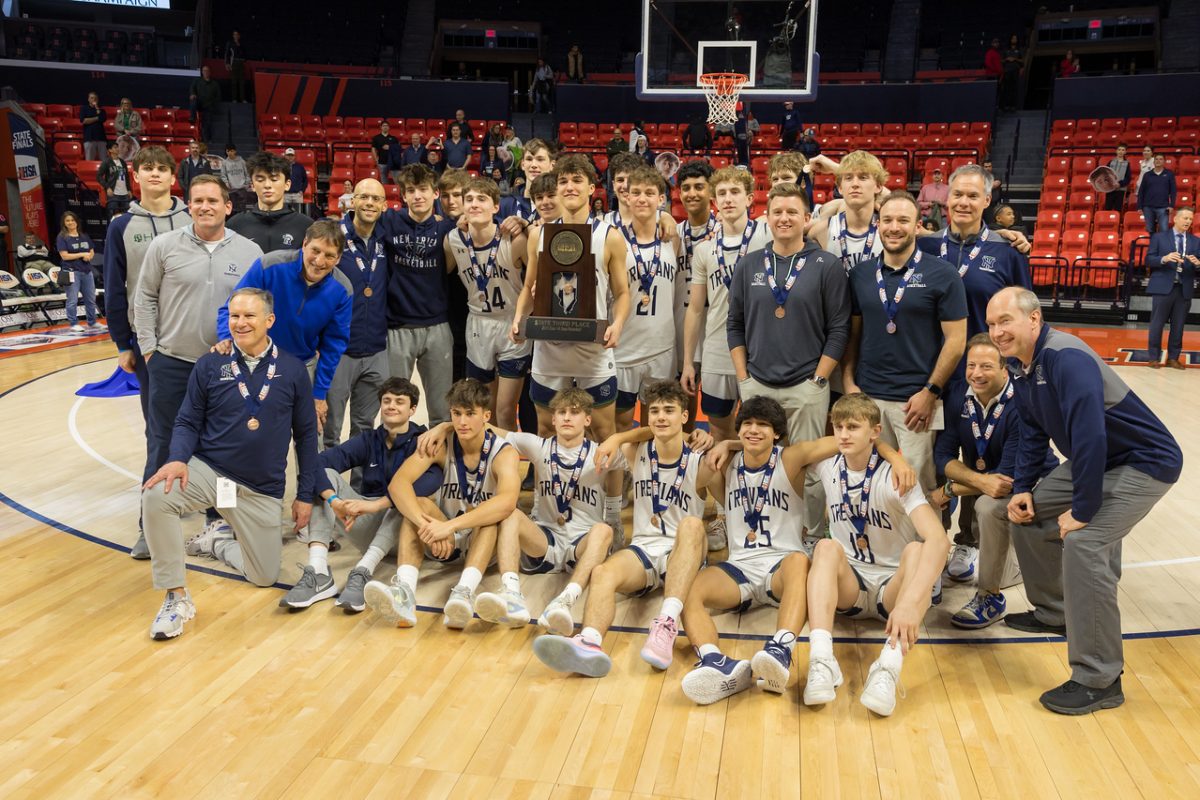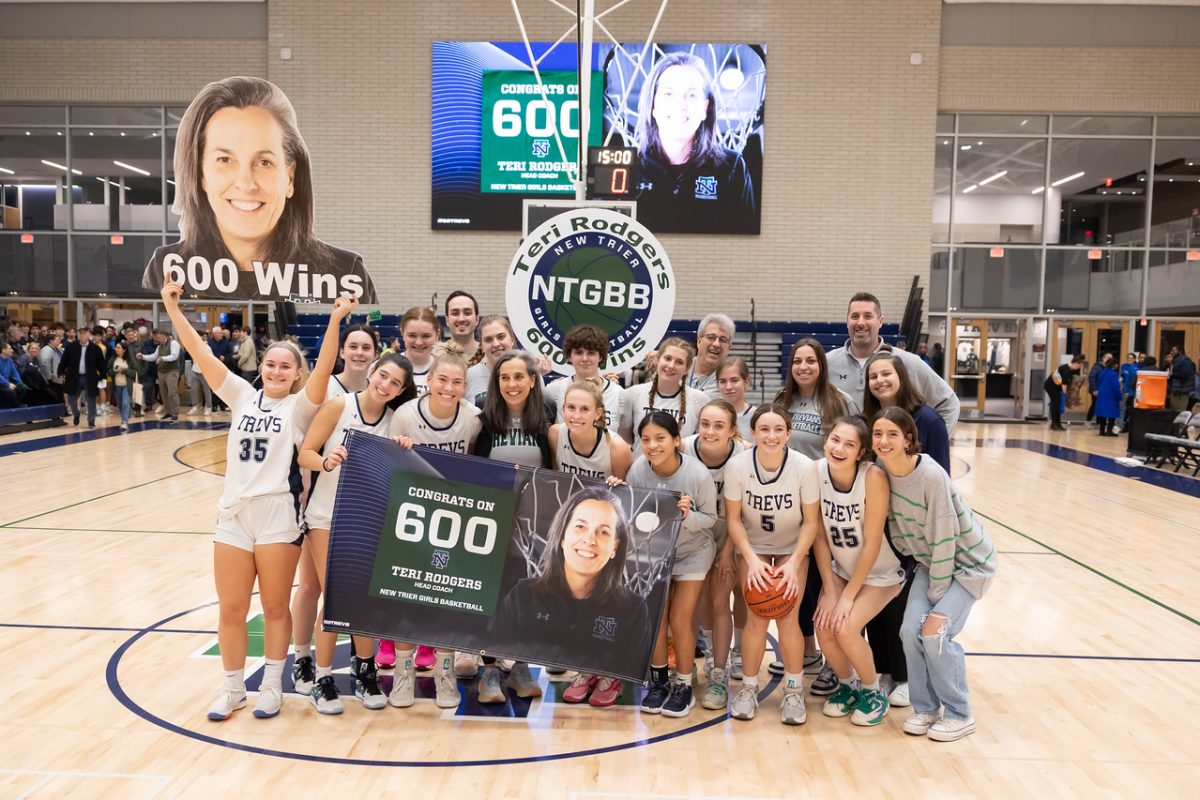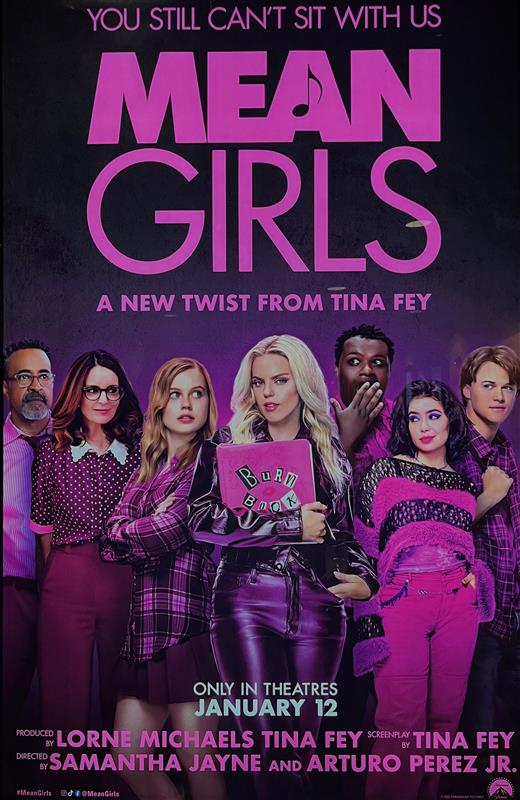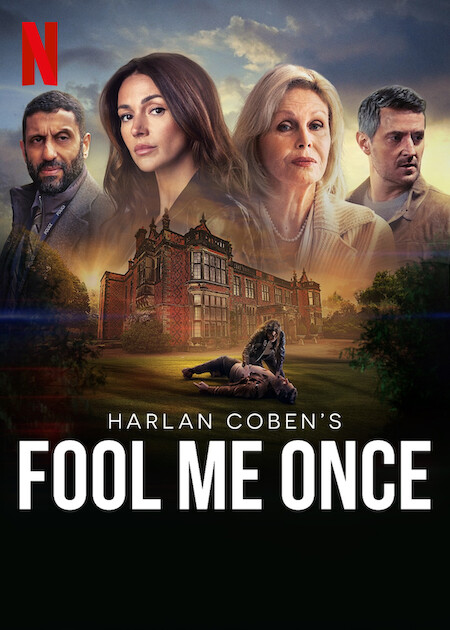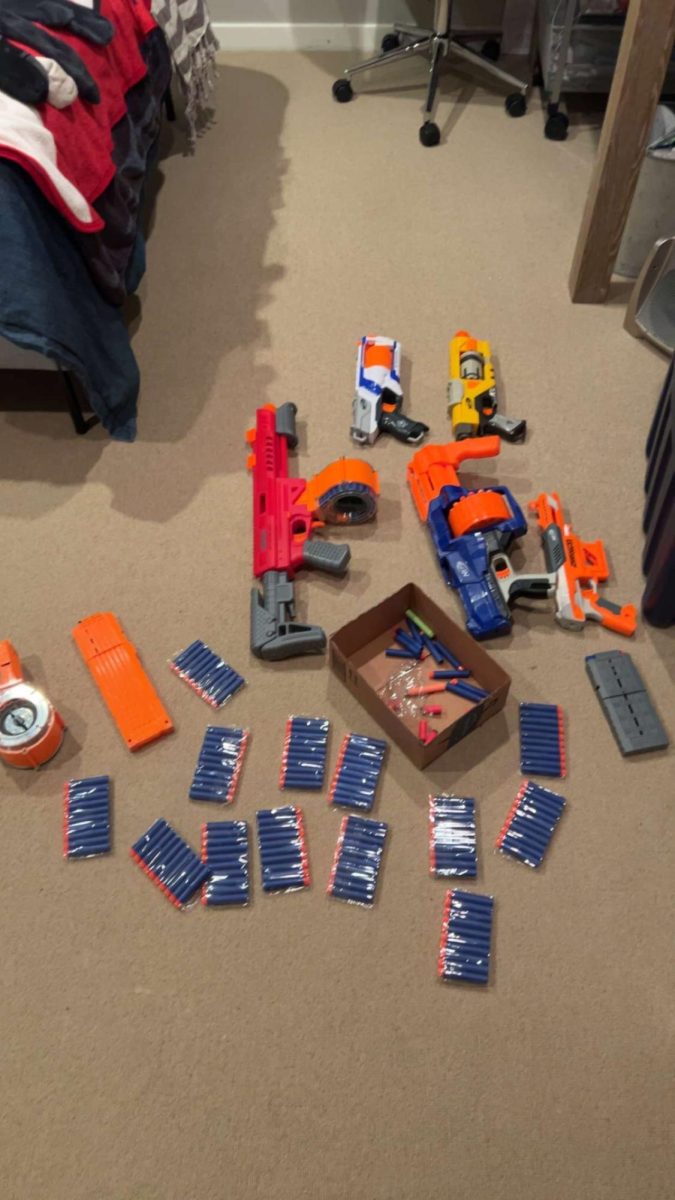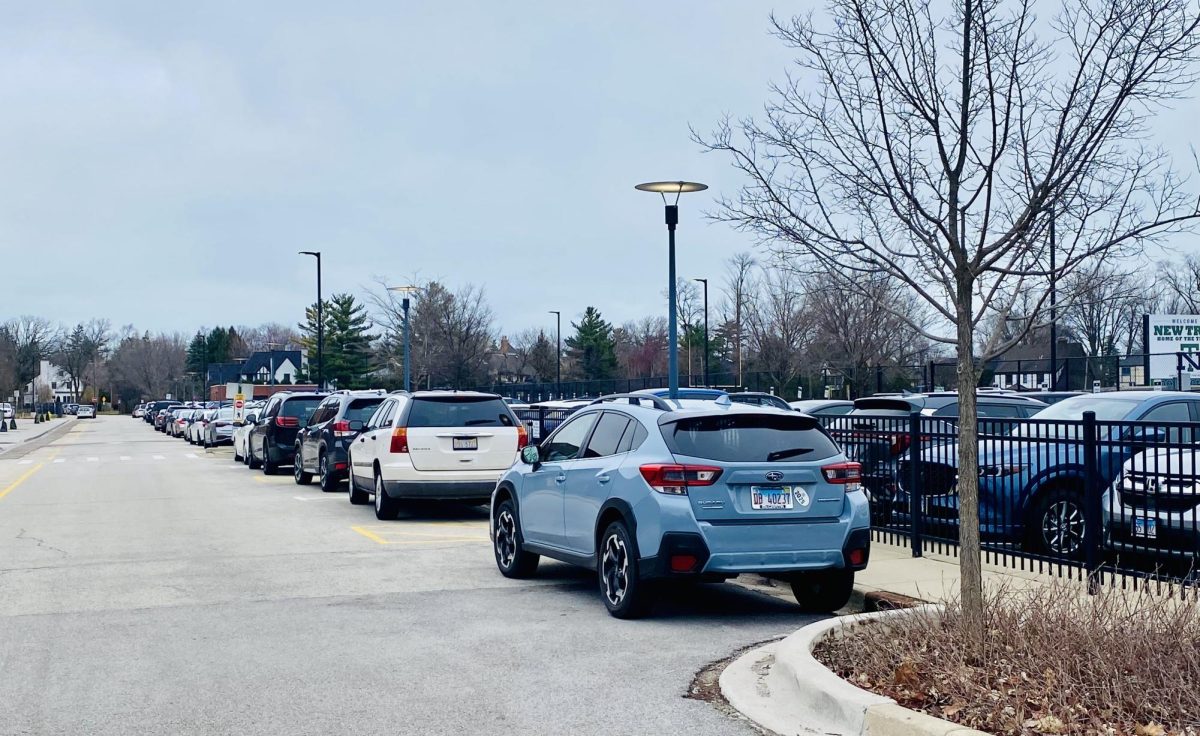Major League Baseball’s Rules Committee approved a ban on home plate collisions, December 10th, changing a rule that had come under scrutiny from those inside and outside the game in recent years. Not surprisingly, baseball “purists” claim that America’s Pastime has lost a vital part of its tradition.
Plate collisions aren’t a part of baseball history in any meaningful sense, and the usual precursor to such a collision — i.e., the catcher blocking the base-path without the ball in his possession or within his reach — is already against the rules. Before trumpeting the old-school and traditional aspects of collisions, it’s important to realize that most collisions are not allowed in baseball.
Collisions are rare but dangerous, and they have been banned at most levels of youth baseball for years and in the college game since 2011. MLB doctors and trainers were told that 22 percent of concussions suffered in baseball happen on home plate collisions. Thus, by getting rid of a play that doesn’t happen often, baseball could reduce the amount of concussions by nearly a quarter.
Removing collisions at home plate will make baseball immensely safer for catchers without having any impact on the outcome of the game or the way it is played. There’s no place for this sort of violence in today’s game. Players are generally bigger, stronger and faster than they were in the past. The injury risk is there, and any change that means less injury risk is always a good one. Especially in a time when players are getting more and more expensive, with the average MLB player being paid $3.39 million, up 5.8% from last year, according to ESPN.
Just as players shouldn’t want anything standing in the way of their earning power, owners shouldn’t want anything standing in the way of their investments staying on the field. Eliminating collisions is good business for everyone: players, owners, and fans included. In 2011, San Francisco Giants catcher Buster Posey was barreled into on a play at the plate. Posey, the cornerstone of the Giants franchise, was fortunate enough to suffer only a broken ankle, but he would miss the rest of the season. The bottom line is that Posey’s promising career was put in jeopardy by a play that could have easily been avoided.
In the 1970 All Star game, Pete Rose barreled into Ray Fosse, fracturing and separating his shoulder. Fosse, who was 23 at the time, experienced chronic pain in his shoulder because it never healed correctly. He would never make another All Star game.
Catchers have it tougher than other baseball players. Being in the crouch half the time is tough on the legs, and bruises come often in the form of balls in the dirt and foul tips that elude leather. Additional ways to get beaten up are the last thing these players need.
Beyond preventing more Fosse and Poseyesque situations, MLB also had to consider the concussion threat. When it comes to collisions, it’s very real.
Foul balls are one of the leading causes of concussions among Major League catchers. But they are also an uncontrollable aspect of the game of baseball, much like head-to-head contact in football. The goal isn’t to eliminate concussions, but to limit them while changing the game as little as possible.
This rule change does that. If NFL commissioner Roger Goodell could eliminate 22 percent of the league’s concussions simply by removing a part of the game that didn’t actually matter, he’d do it in a heartbeat.
Goodell doesn’t have that option. Baseball does, and this is why the removal of collisions is the right decision.
Baseball fans don’t show up at the ballpark to see a base runner barrel over a catcher. We don’t watch the game for collisions. We watch for home runs, double plays, strike outs, and because we like baseball. \
This new rule won’t change that and it won’t change the game. Baseball has never been a contact sport. All this rule change will do is make baseball a little bit safer for the people who are playing it, and that is a step in the right direction.
And for those people who require head trauma for the purpose of entertainment, there is plenty of football to watch.




